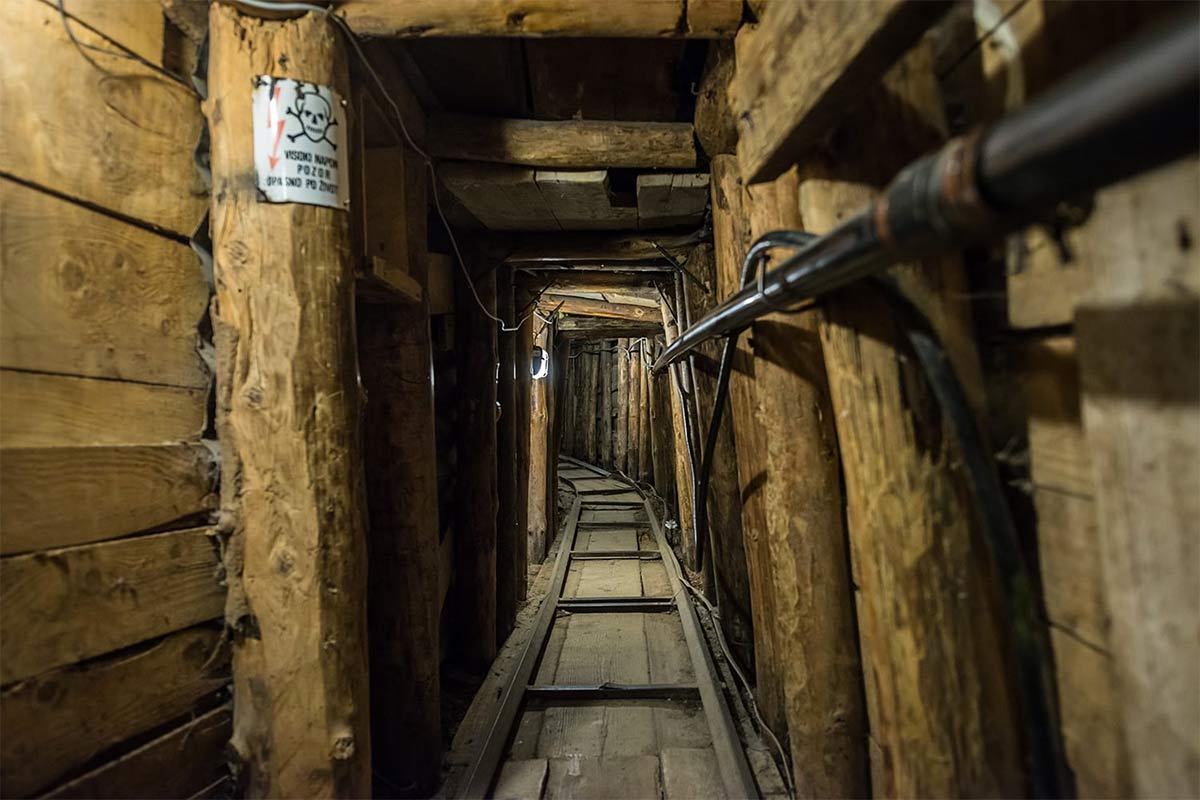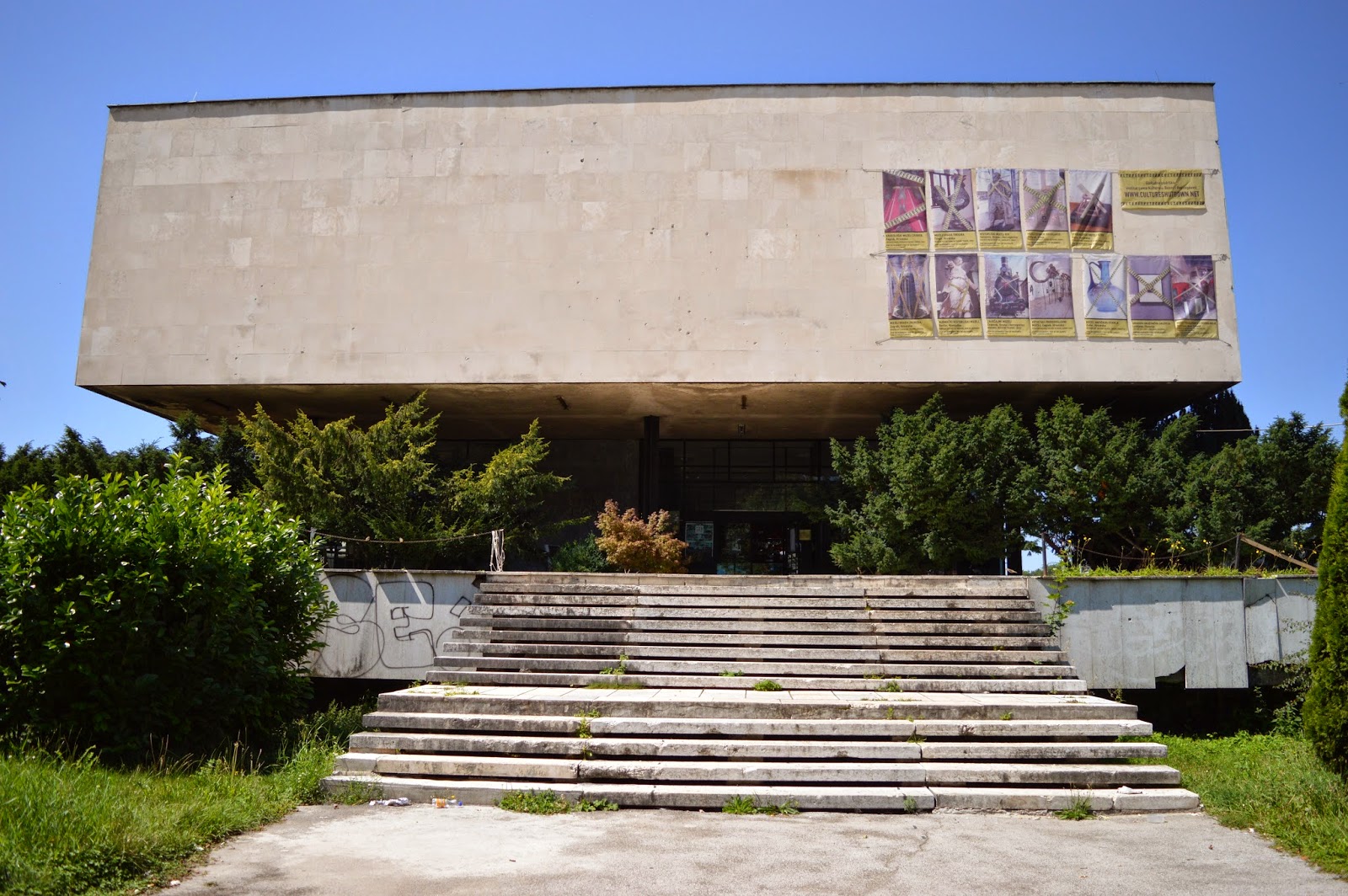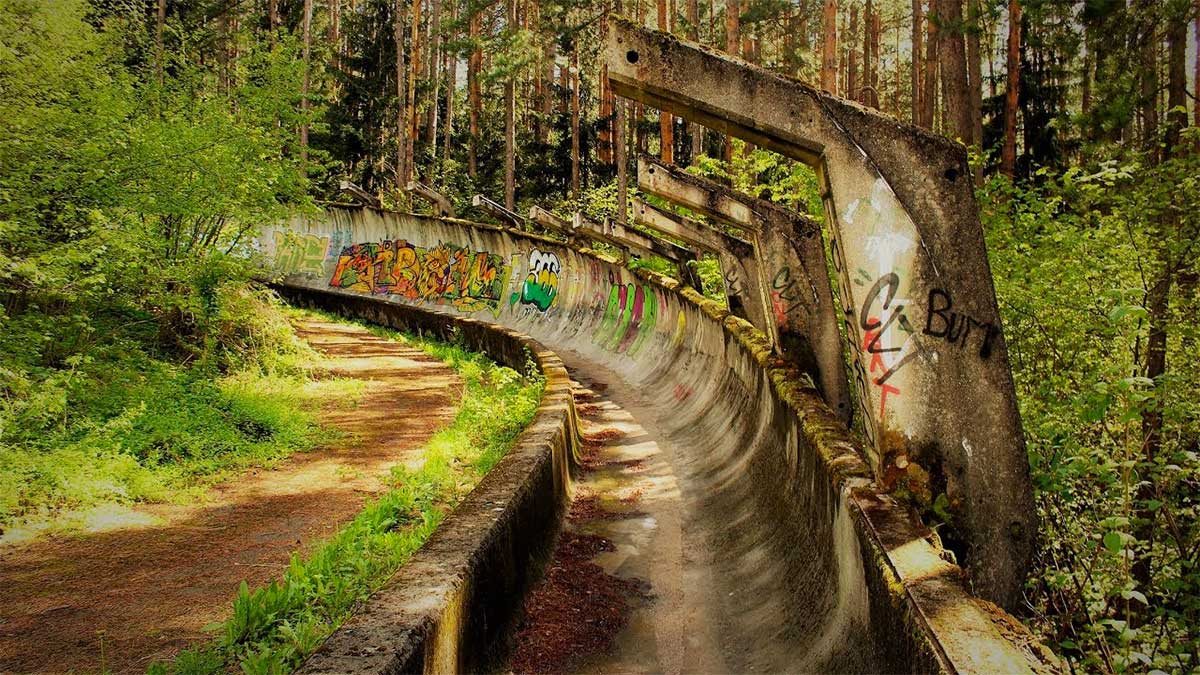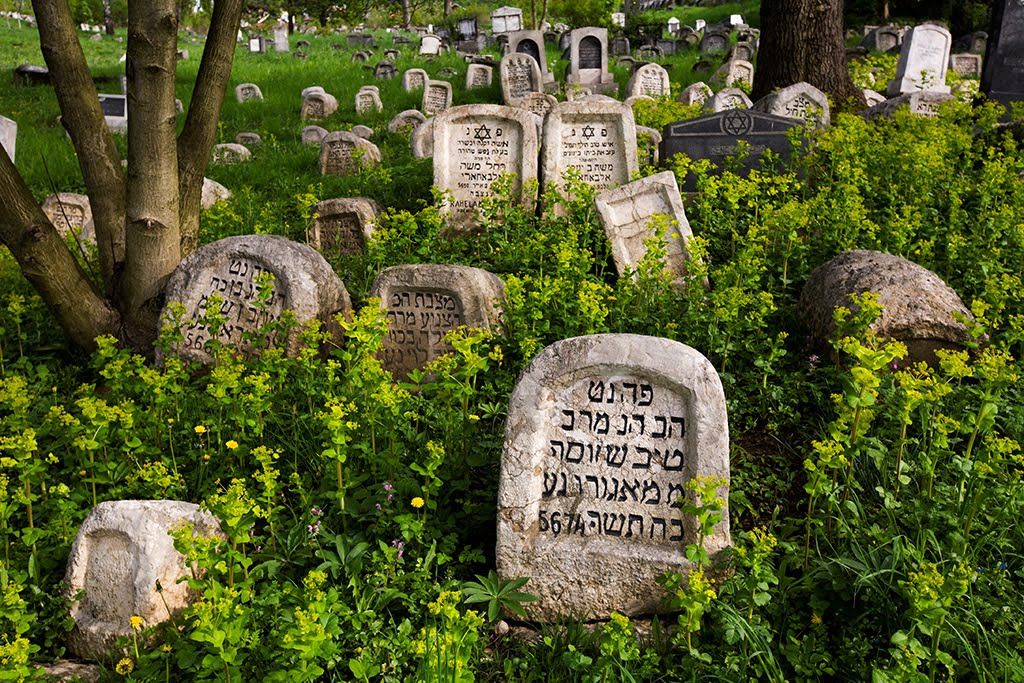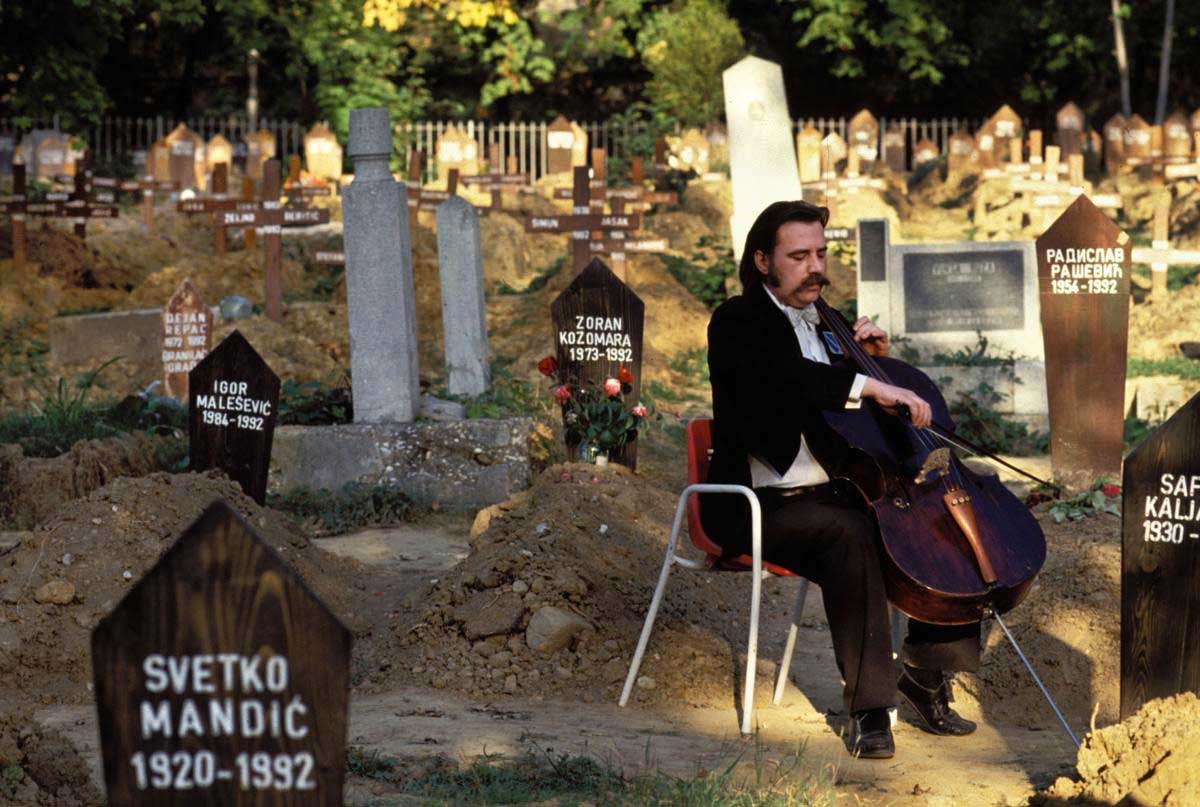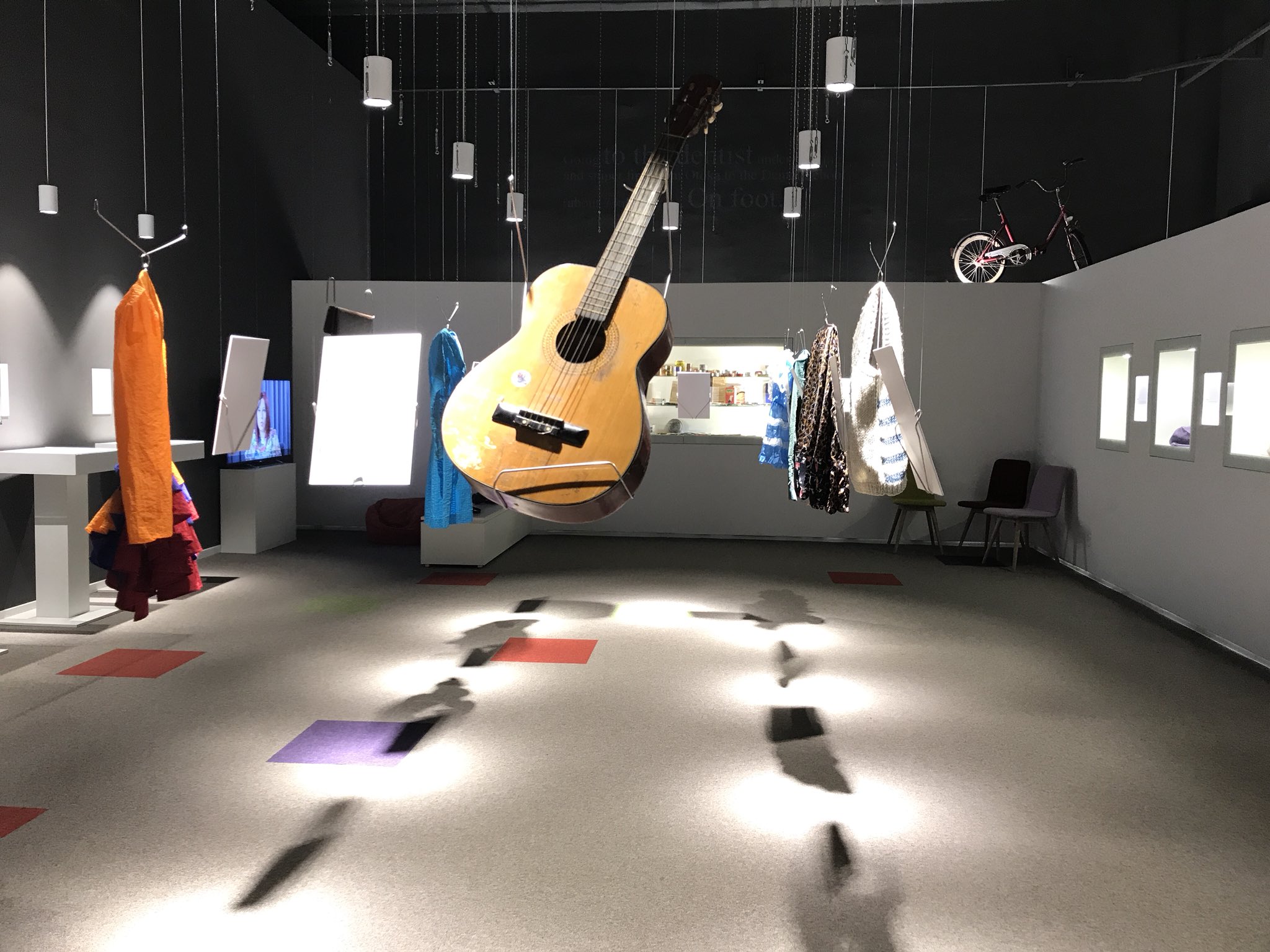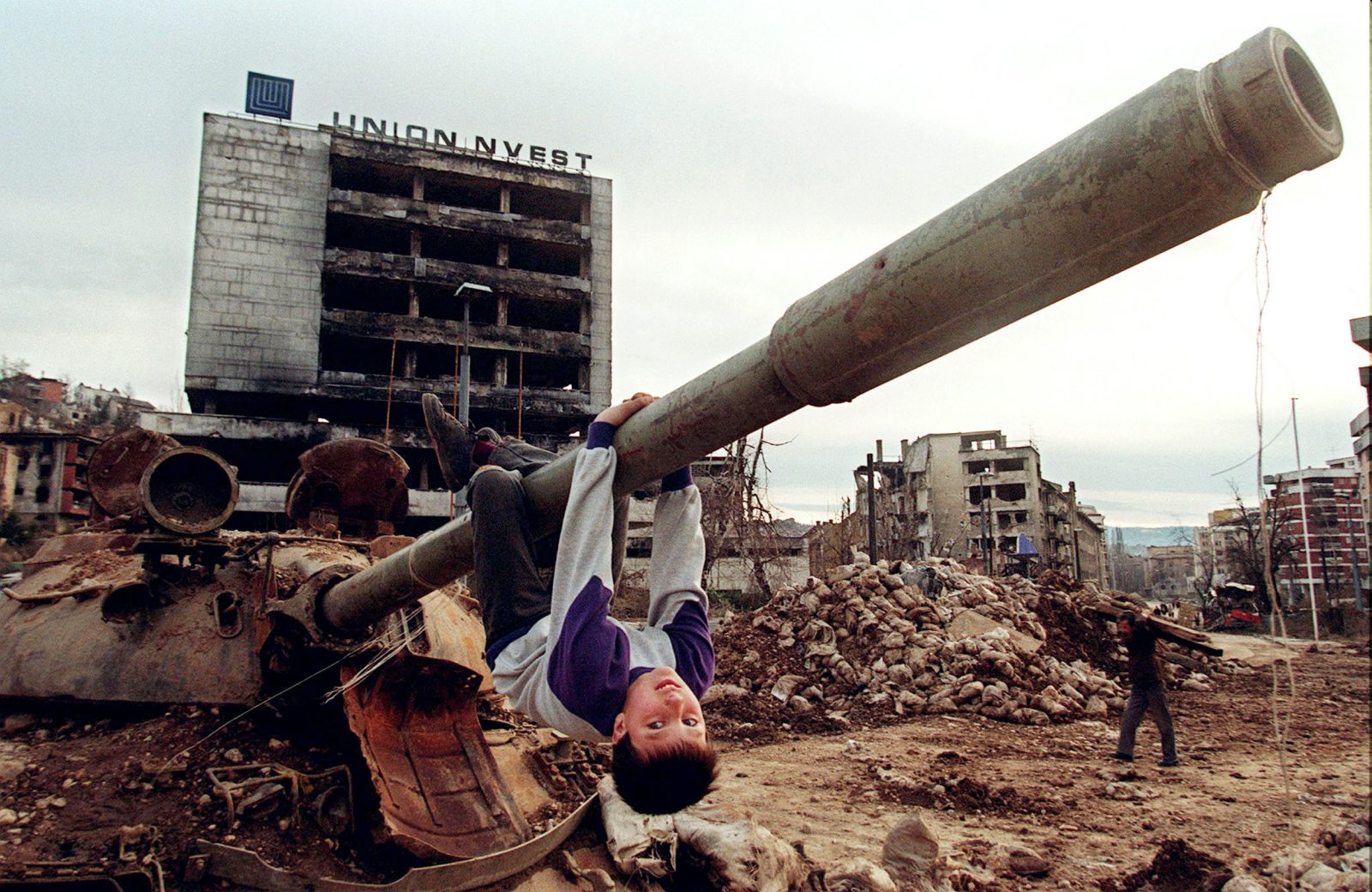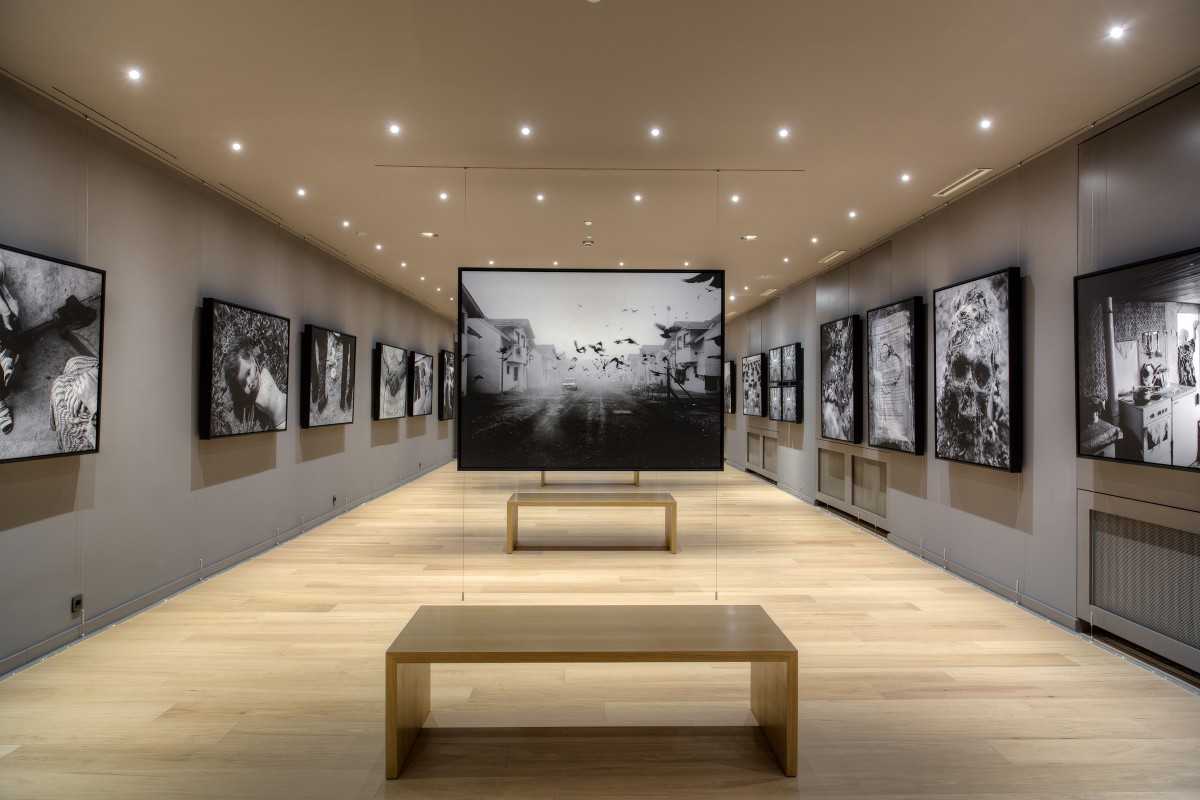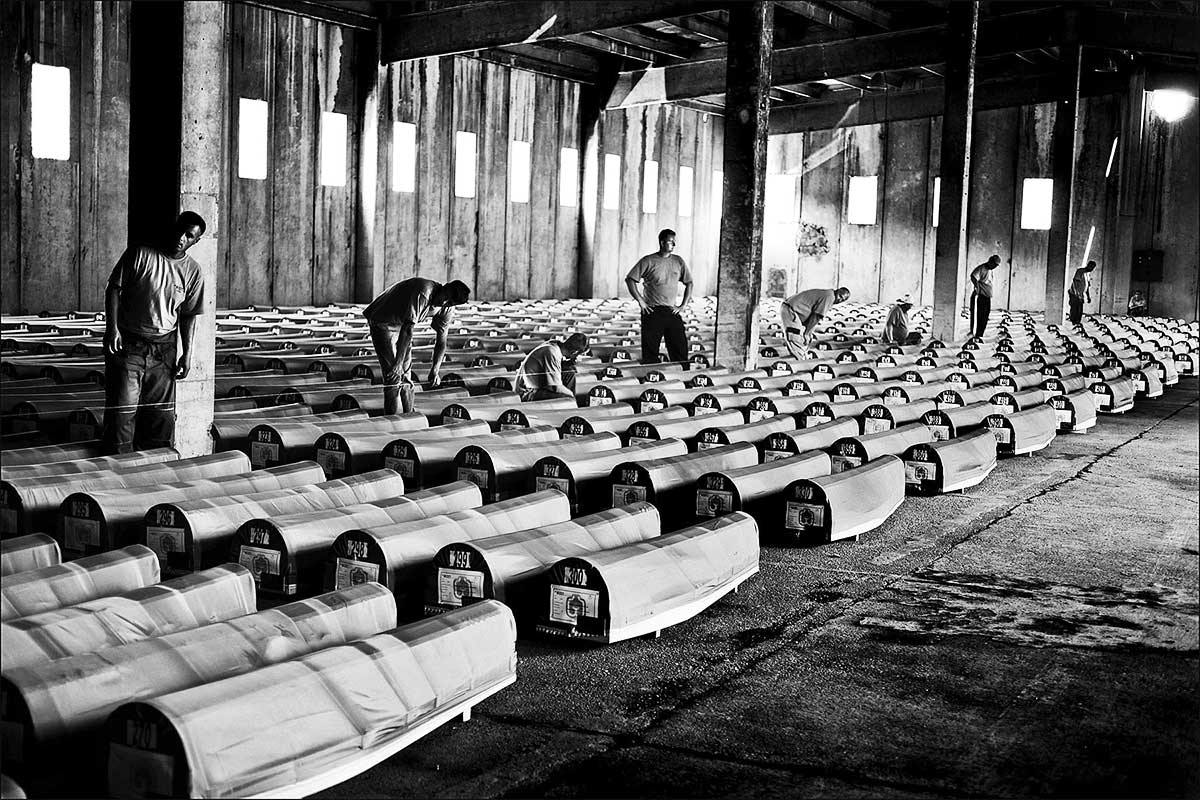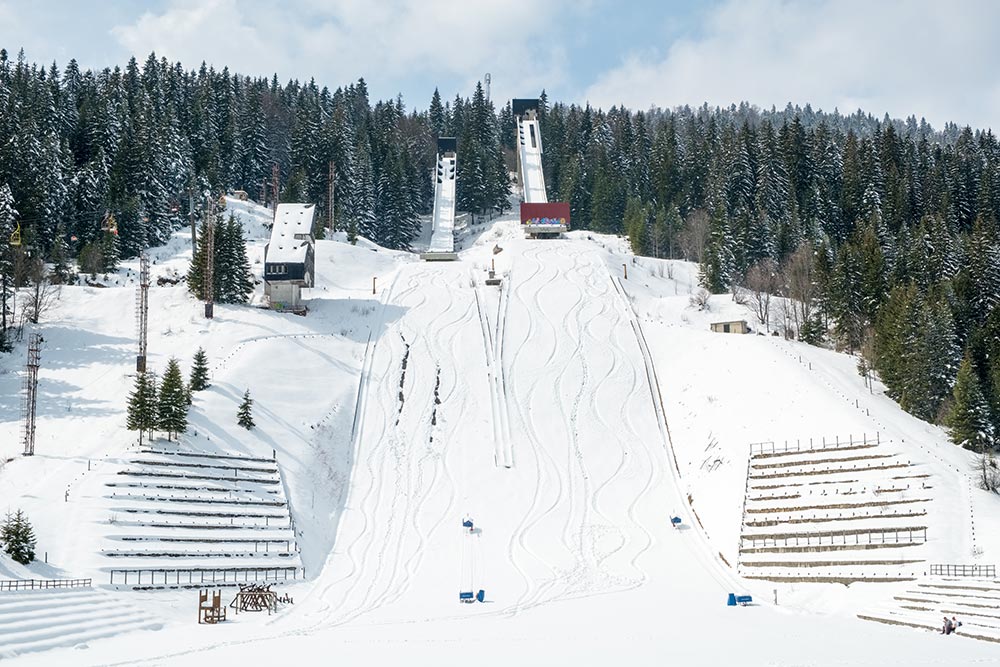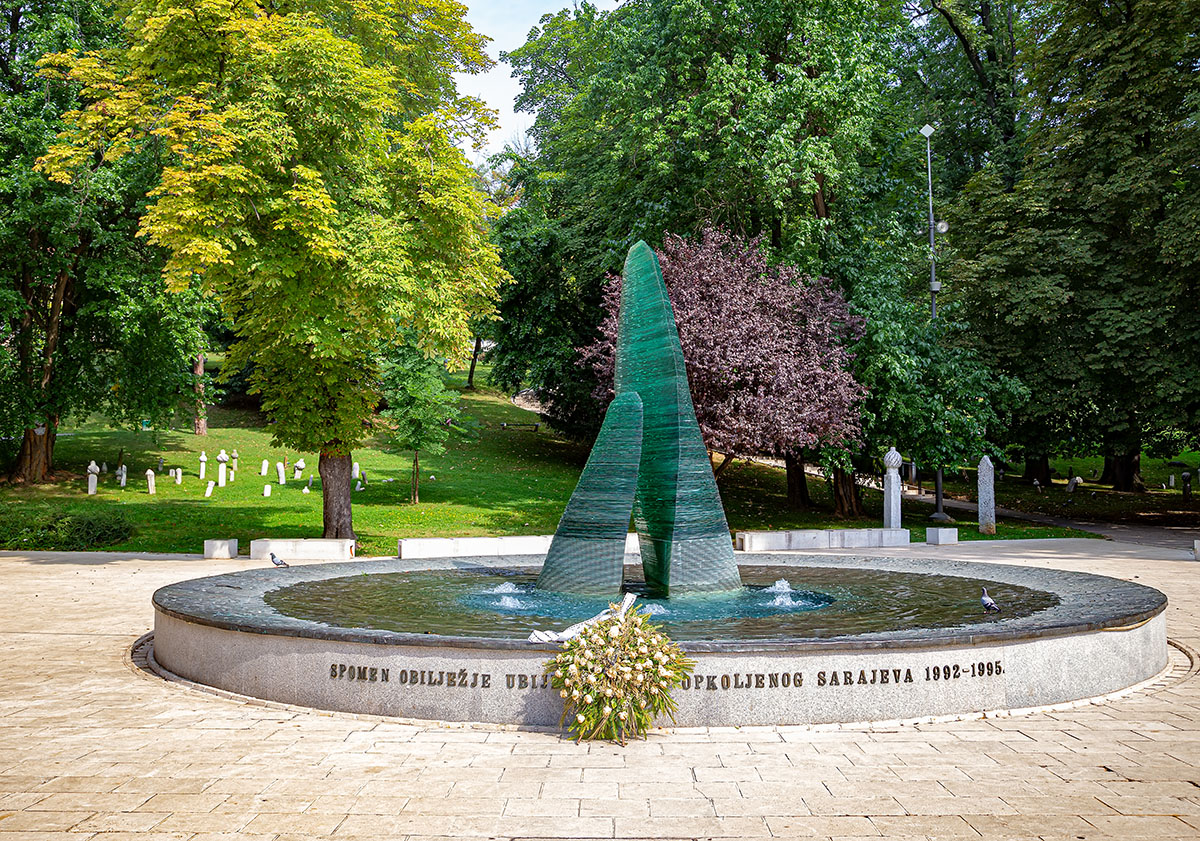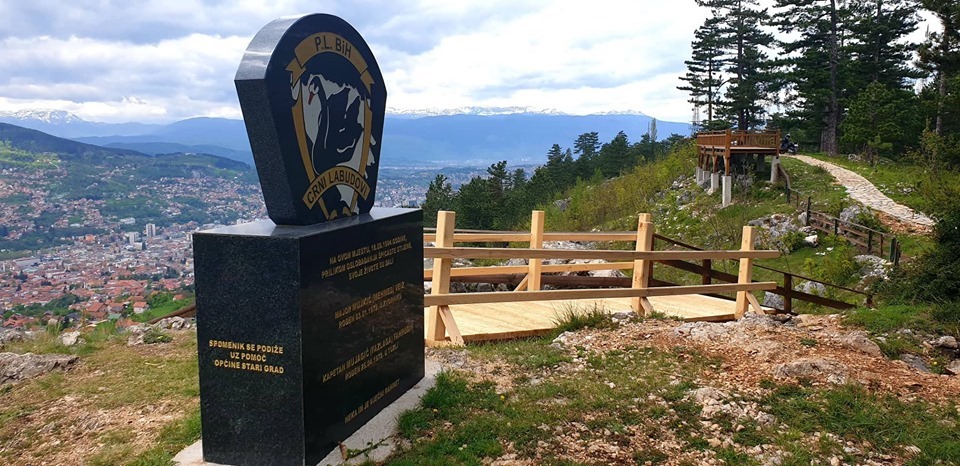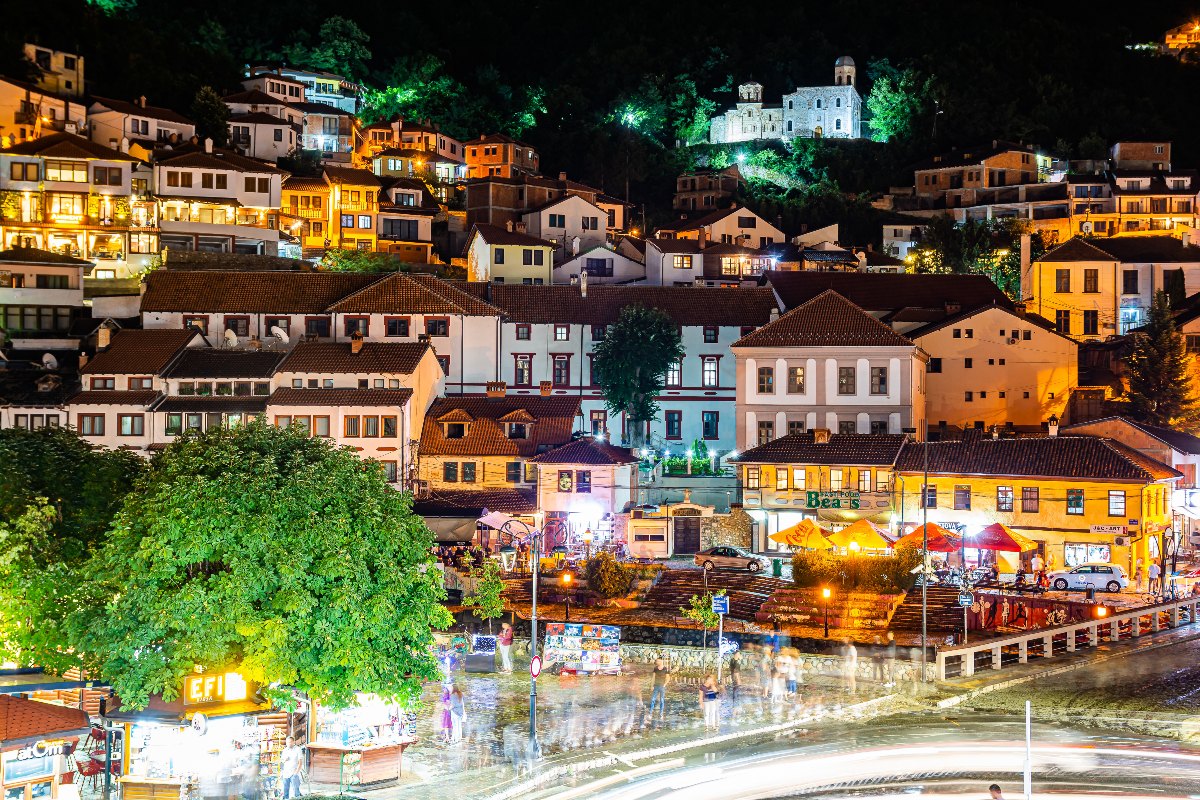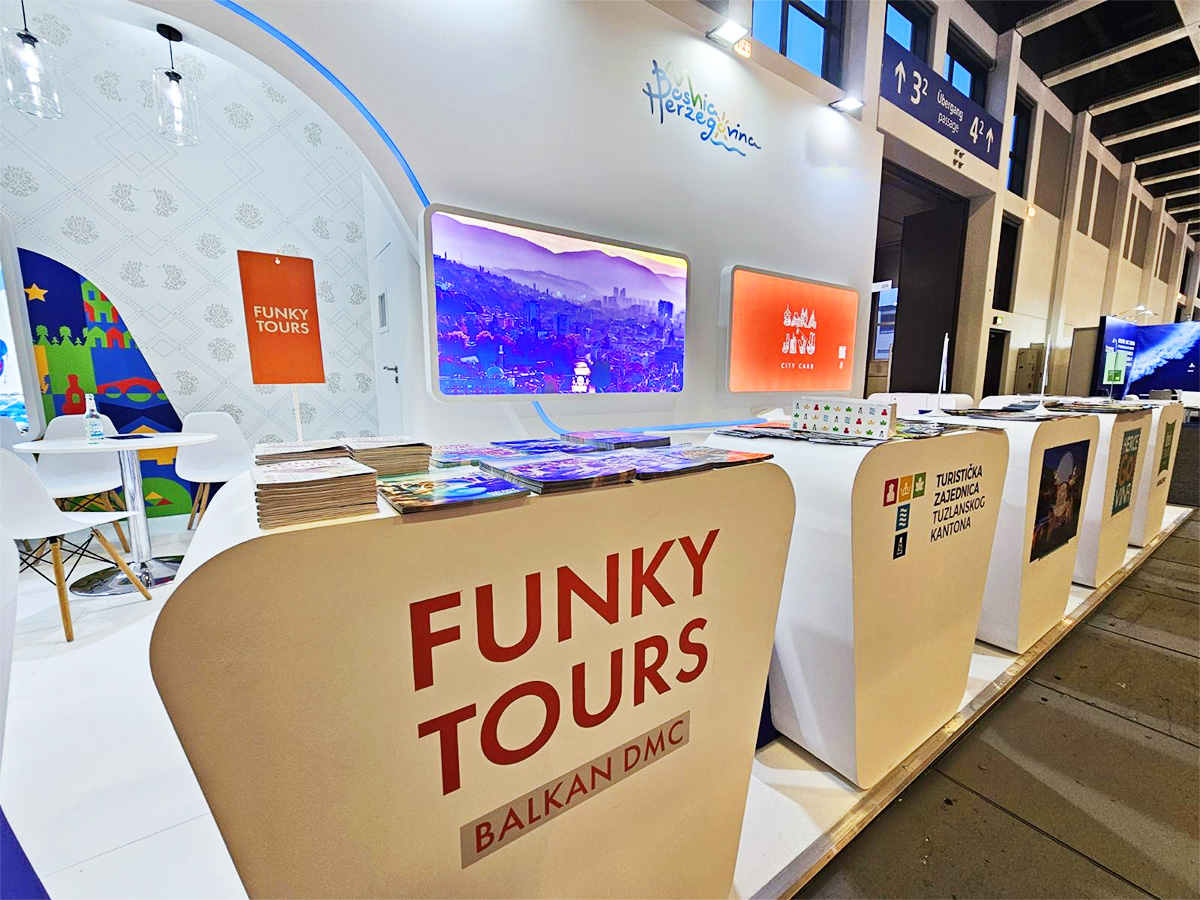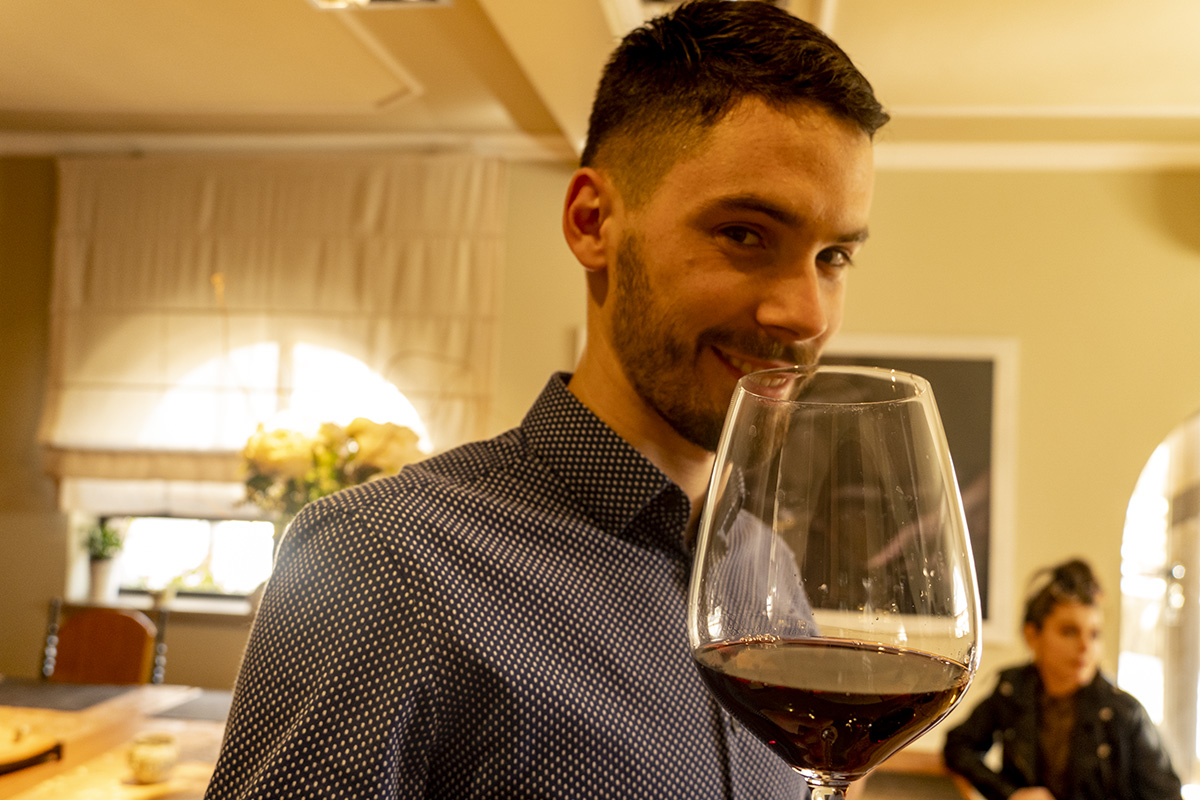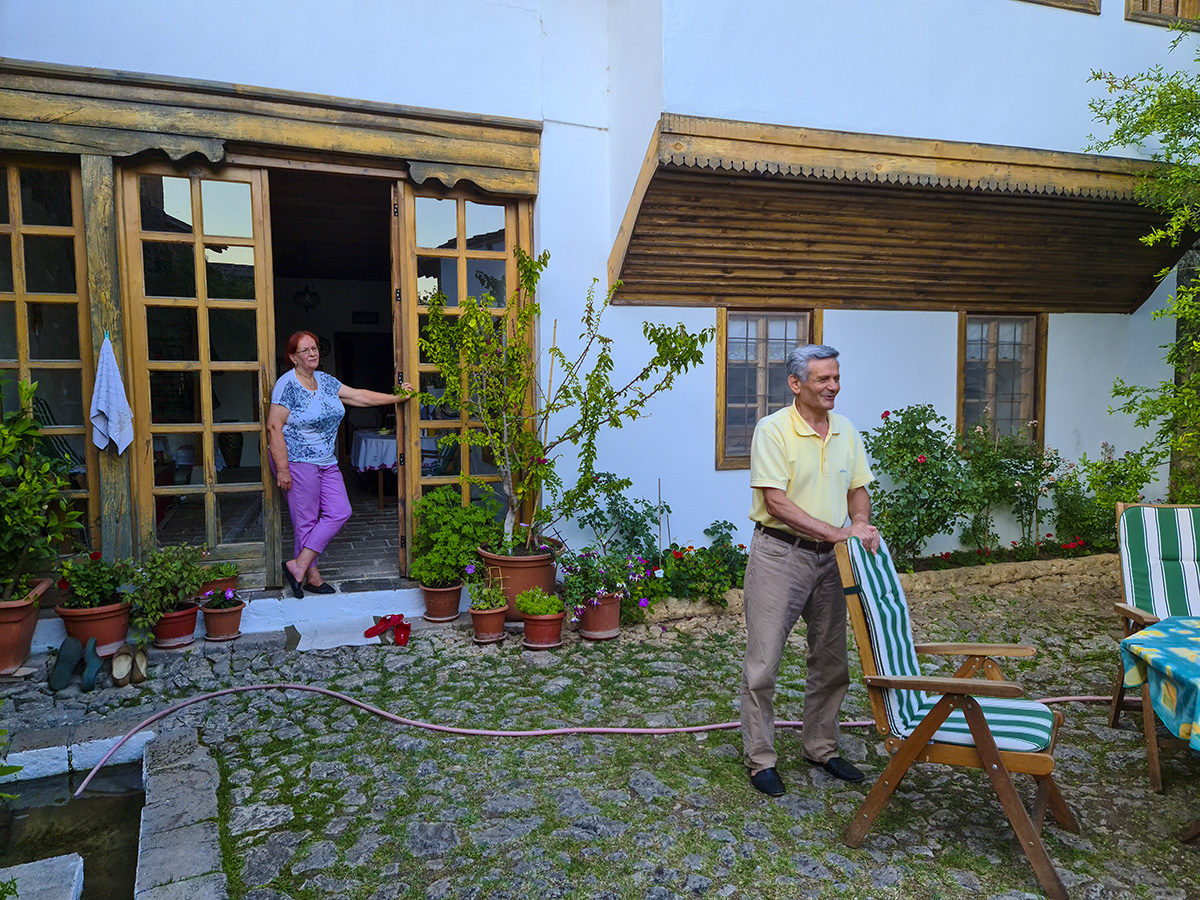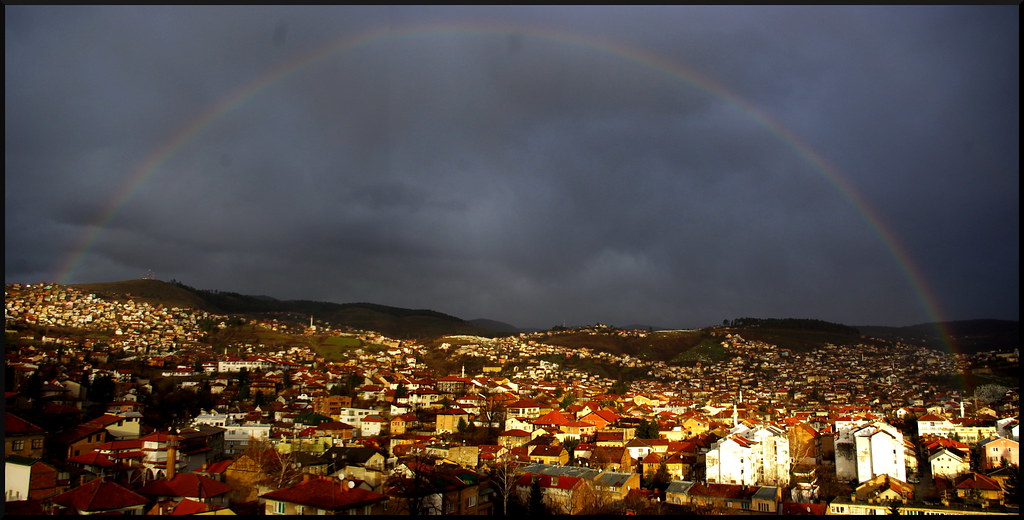The Sarajevo Lav (eng. lion) Cemetery was named after a huge lion figure installed in 1917, which is located in the heart of the cemetery. Originally, members of the Austro-Hungarian army were buried in the cemetery, and it also served as a Jewish Ashkenazi cemetery. It was closed in 1958.
In the most difficult moments in the history of Sarajevo, from April 1992 to December 1995, when burials could not be held at the central city cemetery Bare, due to direct exposure to the aggressor’s artillery fire, the Lav cemetery was reactivated. In that period, 3,880 people were buried.
It is especially significant because members of different denominations were buried next to each other. The graves of Sarajevo’s Romeo and Juliet, and the world-famous photographer Kurt Schork are located in this cemetery.
Immediately across the street is the Sarajevo Cemetery Koševo. This cemetery was in fact part of the football field of the Koševo Stadium Olympic Complex and was given the purpose of the cemetery during the Siege because it was located near the morgue of the Koševo Central City Hospital, and was a convenient place for the rapid burial of many Sarajevans.
To understand all the horrors of the war, be sure to visit these locations and see the age of people and children killed, and raise your voice to make sure that what happened in Sarajevo during the 1990s never happens again.

